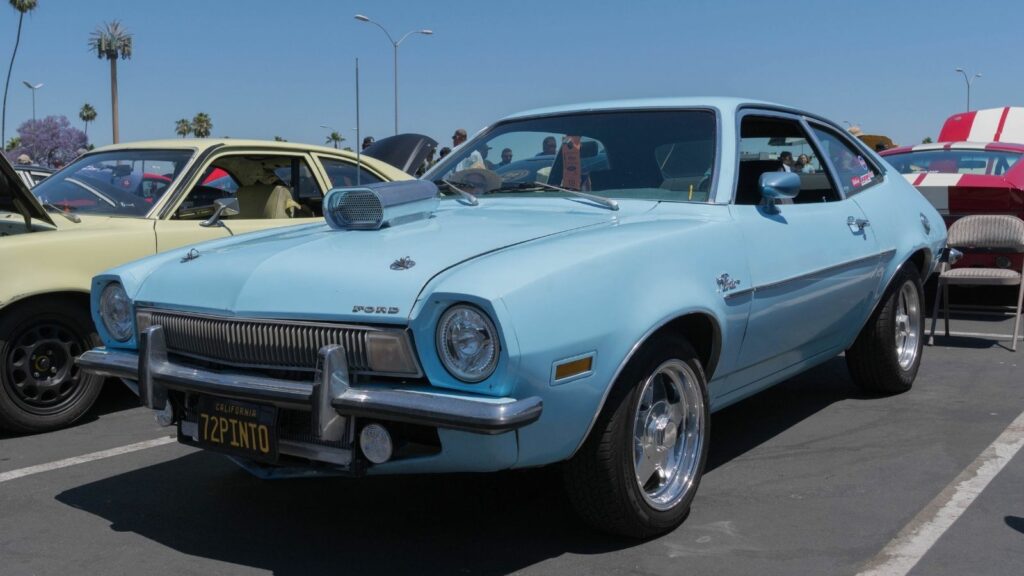The Ford Pinto sits in a strange corner of automotive history. It was a hit on the sales charts, it helped define a category, and it was surprisingly fun to drive. At the same time, it is remembered for fireball crashes and one of the most scandalous internal company memos ever exposed. It was a car that showed both the ingenuity and the cold decision making of an American giant under pressure.
Designed for the Fuel Crisis
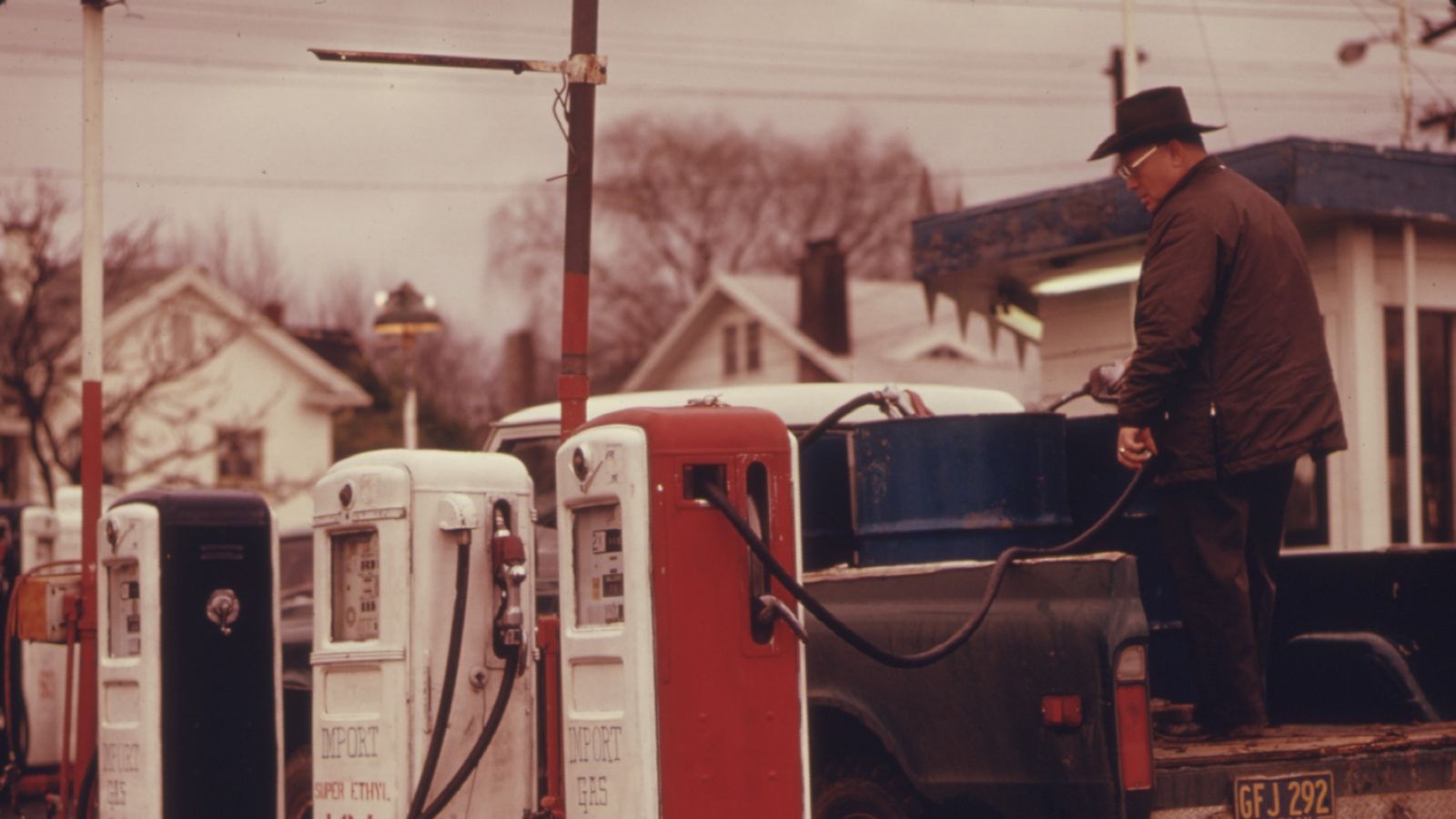
In the early 1970s, the oil crisis blindsided North America. Fuel prices shot up and people started looking for smaller, more efficient vehicles. Ford had been watching Japanese and European imports eat into its market share. The Pinto was their answer. It was compact, lightweight, and could do more miles per gallon than most domestic cars. Ford pitched it as the smart urban commuter. It arrived just in time and looked like a brilliant strategic move on Ford’s part.
Built on a Fast Track
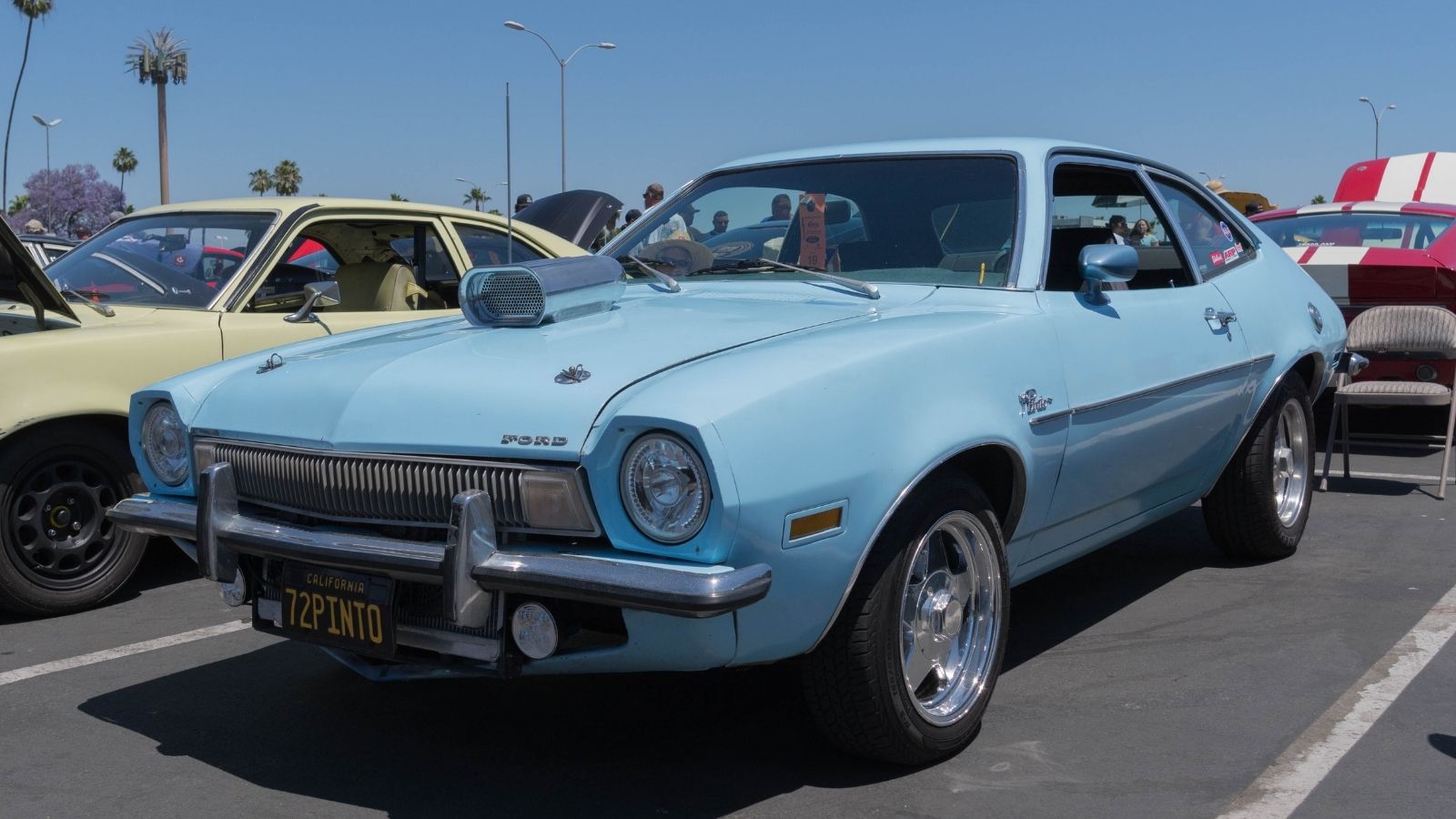
Speed was the name of the game. Ford built the Pinto in just 25 months from drawing board to production line. That was practically warp speed for car development. Most vehicles back then took double that time. In their rush to compete with foreign brands, Ford skipped over extensive crash testing and deep engineering revisions. The goal was to beat the Japanese on the sales floor, not the lab bench. Hindsight tells us corners were cut — and unfortunately, some of those corners were safety related.
A Budget Friendly Price Tag
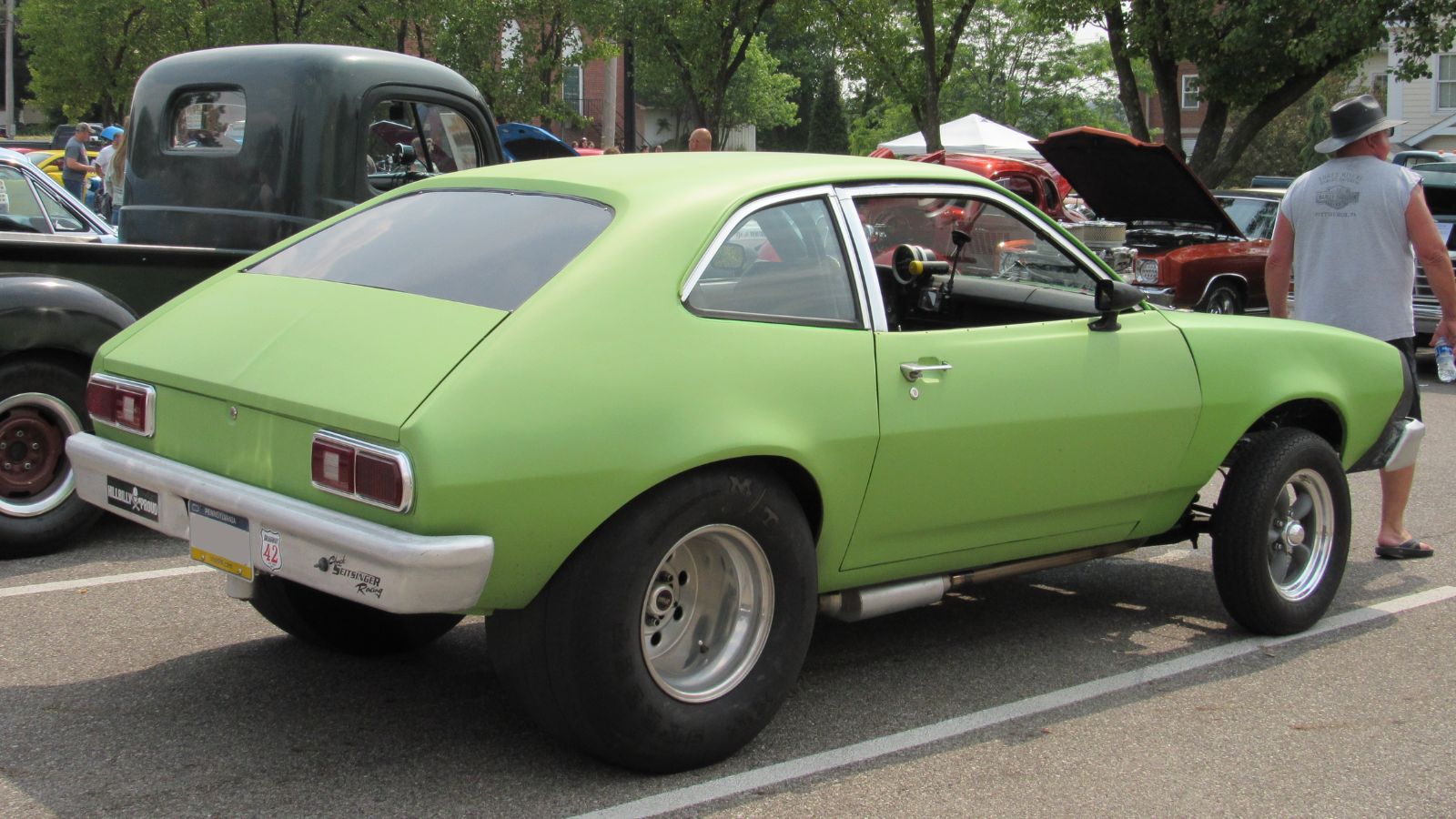
The Pinto debuted in 1971 for just under two thousand dollars. That low sticker price was part of what made it so appealing. Most buyers were looking for something simple and affordable, and the Pinto hit that sweet spot. It was cheaper than a VW Beetle and far more modern looking. Ford advertised it as a “little carefree car” — fun, economical, and easy to own. That formula worked well, especially with younger drivers and first time buyers who were watching every penny.
Sharp Looks for a Compact Car

Just because the Pinto was small did not mean it had to look boring. Ford gave it a long hood and short rear deck to mimic the sporty proportions of muscle cars, even if the performance did not match. It came in bright colors, with chrome accents, and sleek coupe styling. For a compact car, it had some presence. You could get it as a hatchback, coupe, or wagon, making it one of the most versatile small cars on the market. It did not scream budget, even if that was its entire design philosophy.
Nimble and Easy to Drive
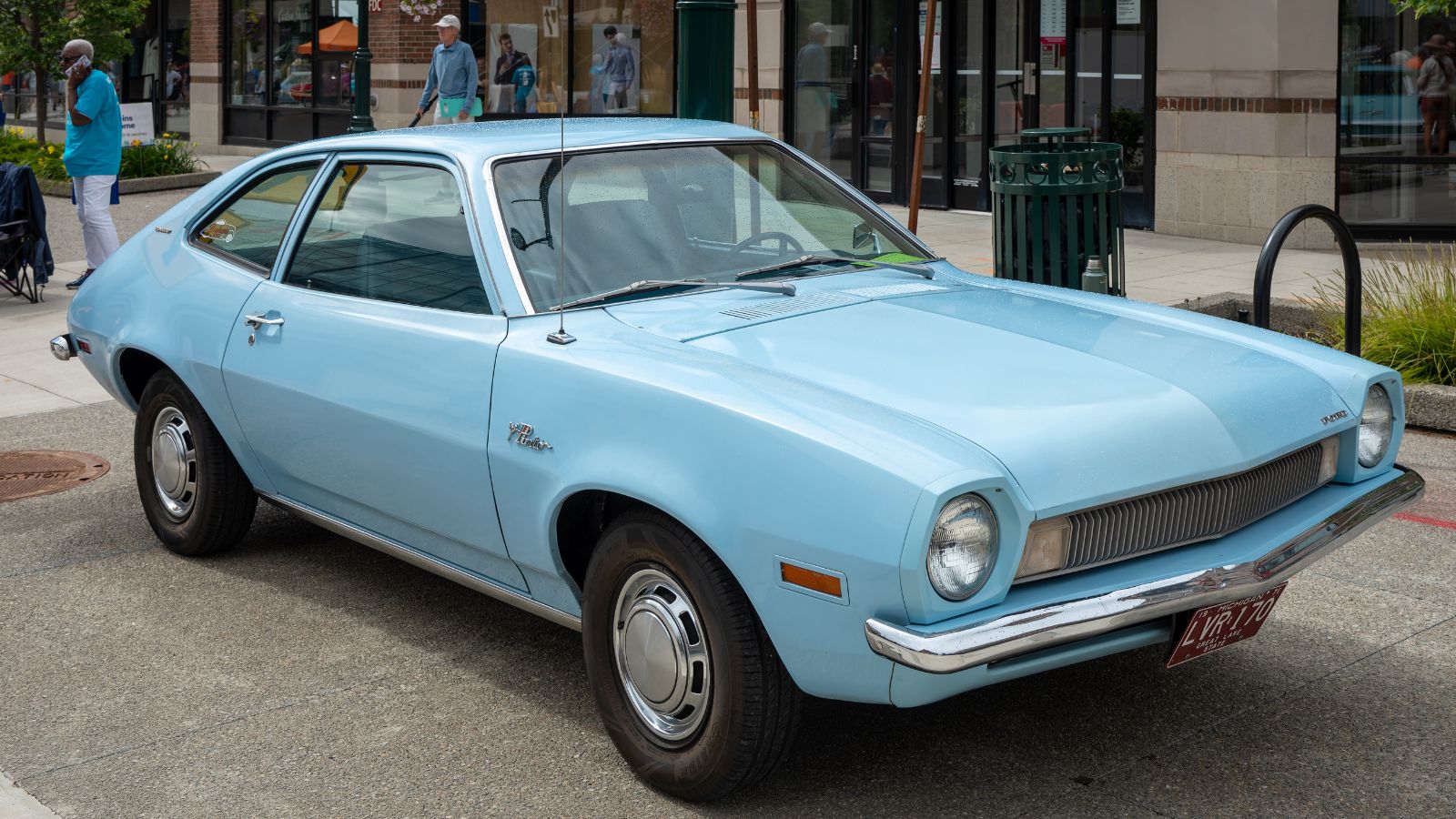
Drivers quickly discovered the Pinto was a breeze to use. It was easy to park, had good visibility, and turned tightly in city traffic. Steering feel was decent for the time, and its light weight made it feel livelier than most sedans. No one was mistaking it for a sports car, but compared to the wallowy barges of the day, the Pinto felt surprisingly sprightly. Driving schools used them, college kids loved them, and some even raced them in grassroots events.
Basic but Reliable Engineering
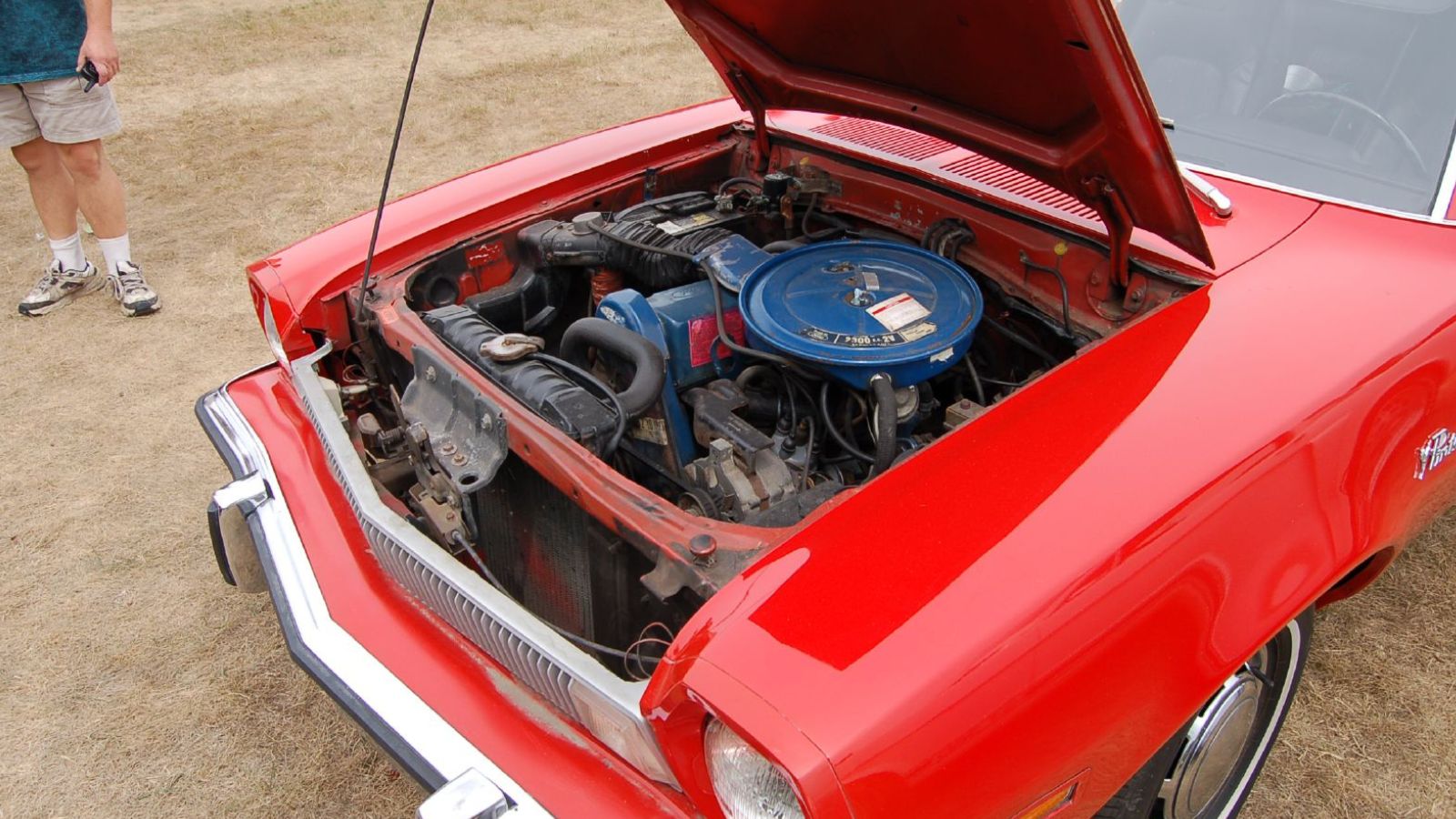
Under the hood, the Pinto kept things simple. It used engines borrowed from Ford’s European operations, including a 1.6 liter Kent engine and later a 2.3 liter Lima four cylinder. These motors were not fast, but they were rugged and easy to maintain. Parts were cheap, and shade tree mechanics had no trouble keeping them alive. The rear wheel drive layout and basic suspension meant fewer components to fail. In the early years, the Pinto built a reputation for low cost dependability — at least until safety concerns took over the conversation.
The Station Wagon That Sold the Most
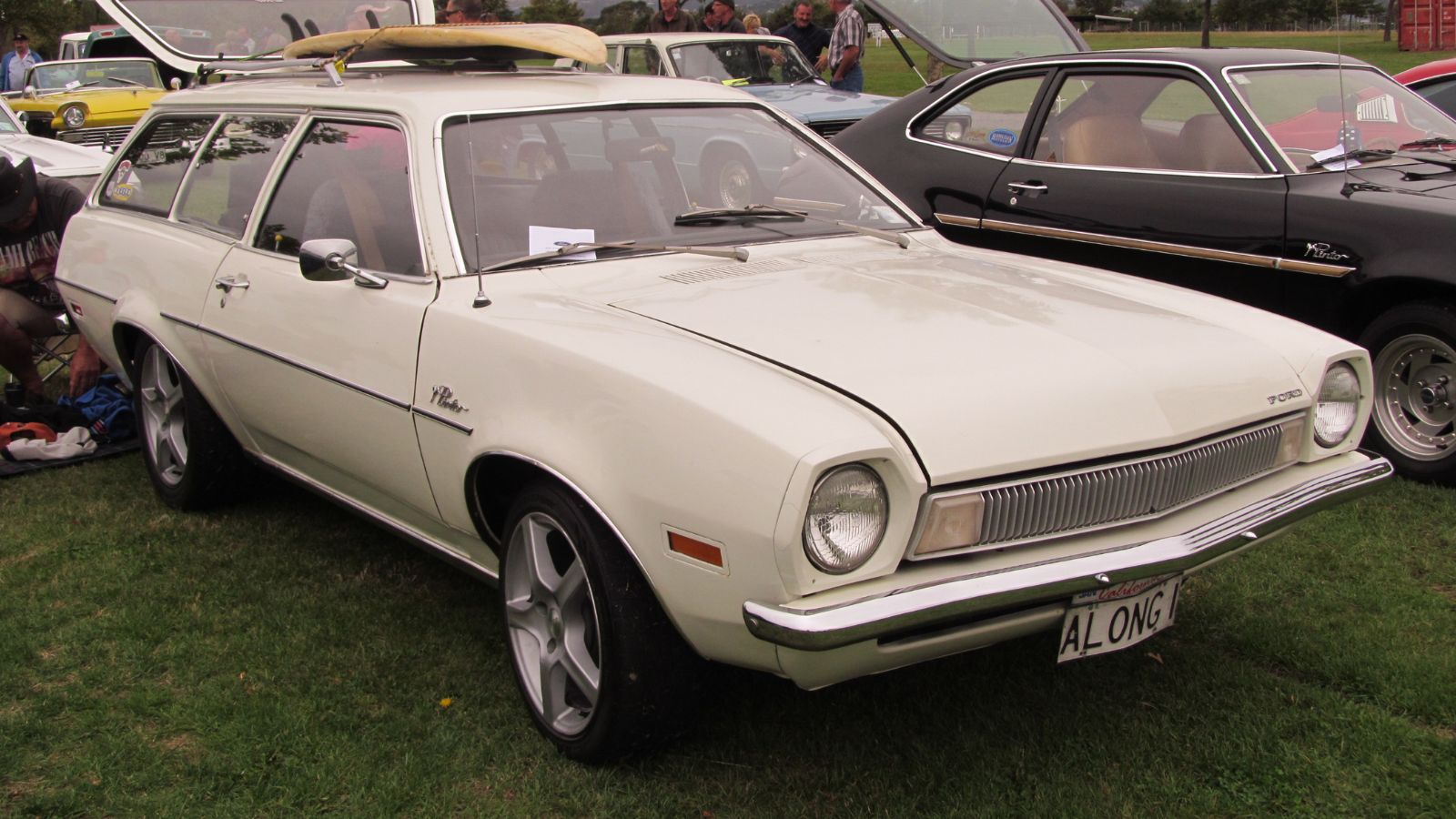
The Pinto station wagon became an unexpected hit. It had real utility, with a flat loading floor and even an optional roof rack. Buyers who needed cargo space but did not want a big gas guzzling full size wagon saw the Pinto as a perfect fit. The wagon even avoided some of the fuel tank issues due to its longer frame, which provided better protection in rear impacts. Families and small businesses bought them in droves, helping the Pinto extend its lifespan well into the 1980s.
The Exploding Gas Tank Problem
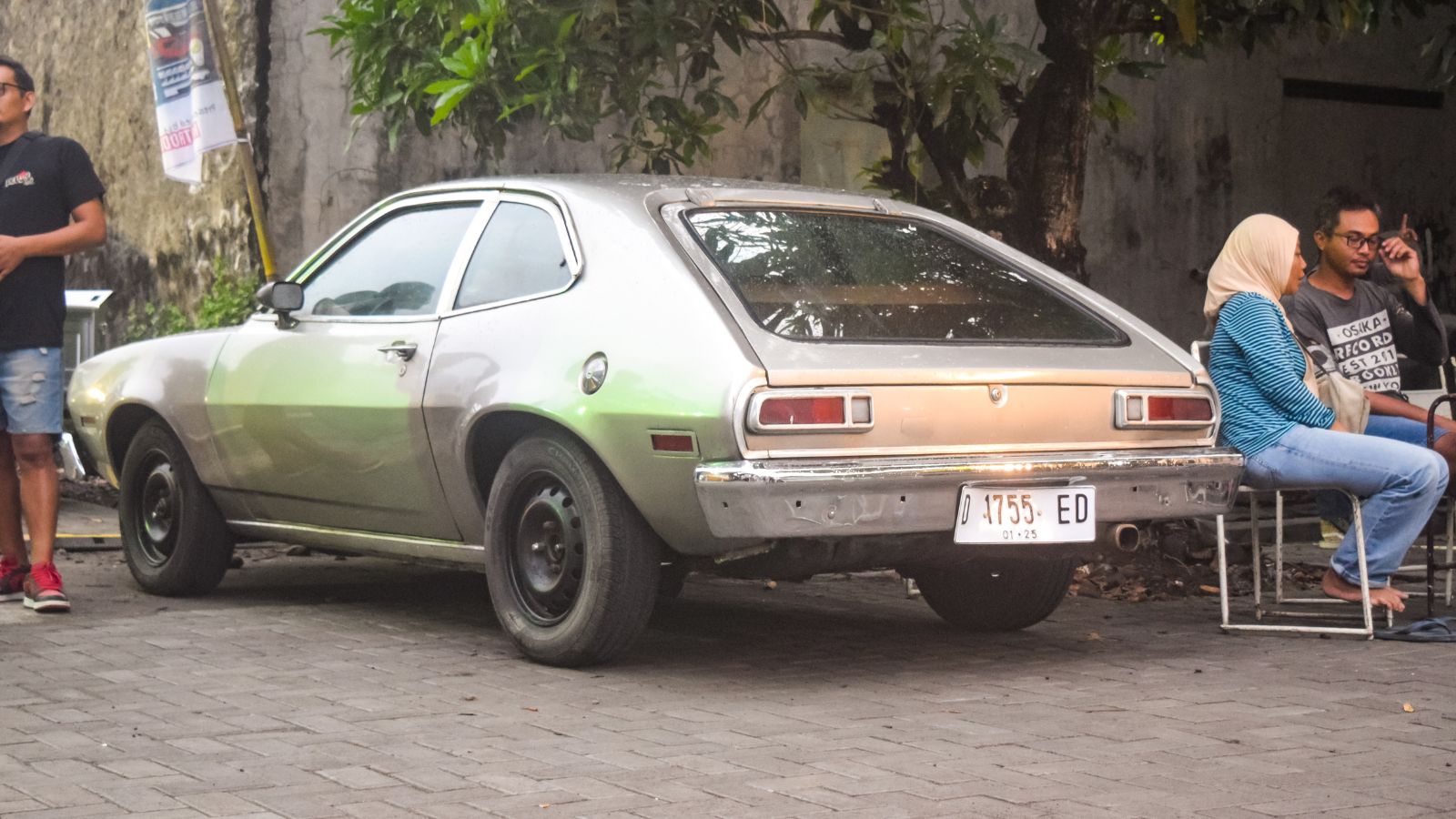
The Achilles heel of the Pinto was its rear mounted gas tank, positioned dangerously close to the back bumper. In rear end collisions, the tank could rupture and leak fuel. The metal diff housing had sharp edges, and bolts from the differential could pierce the tank. Worst of all, there was no shield between the tank and potential impact points. In multiple crash tests and real world accidents, Pintos caught fire. The car earned a grim reputation that still follows it decades later.
The Memo That Changed Everything
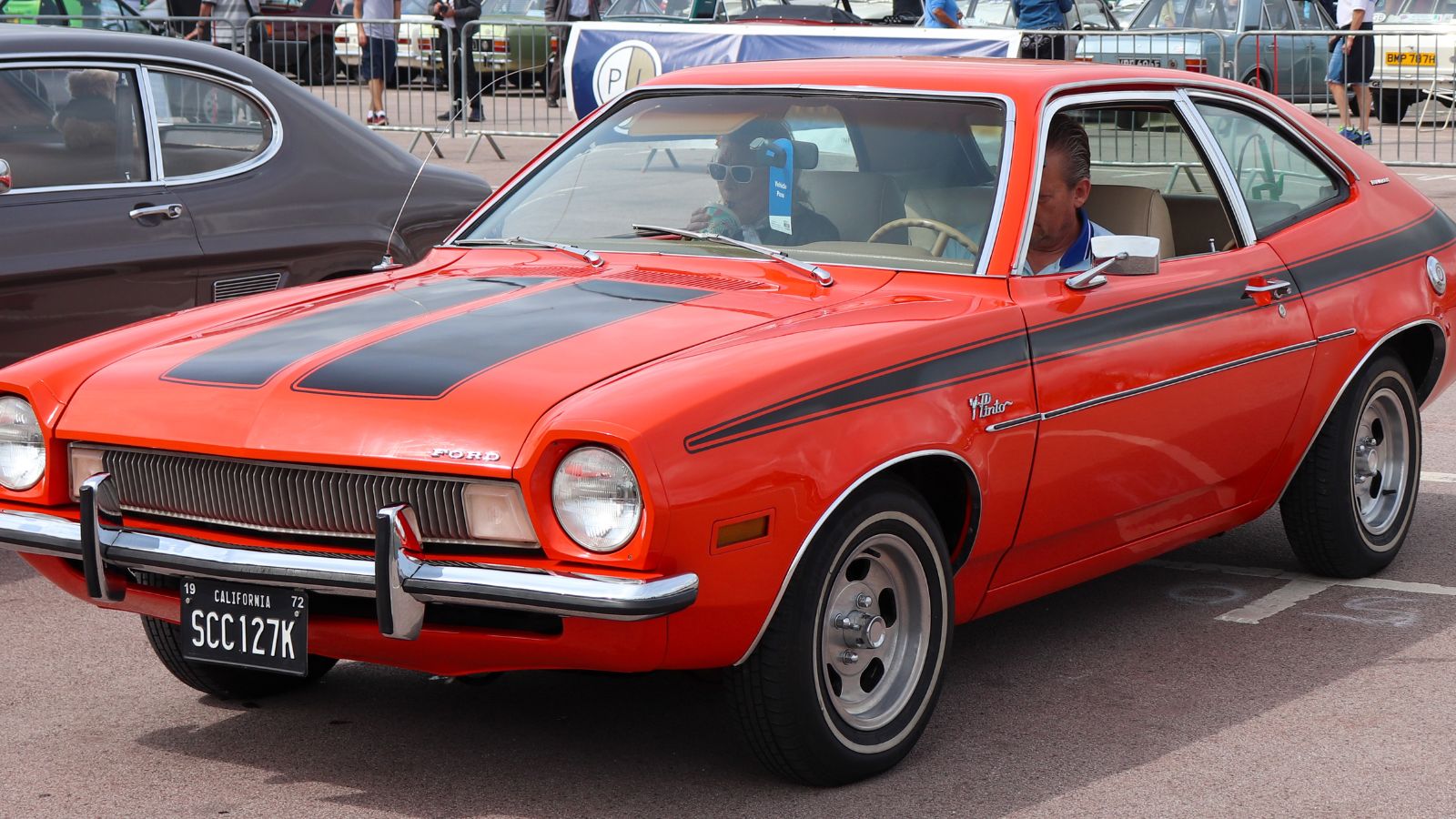
What pushed the Pinto from problematic to infamous was an internal cost benefit analysis memo. This document suggested that Ford calculated the cost of fixing the tank at around eleven dollars per vehicle, but the cost of legal settlements for burn victims would be cheaper overall. When this memo surfaced during a lawsuit, public opinion flipped overnight. Ford was no longer just a carmaker — it was seen as a company willing to let people burn to protect its bottom line.
Safety Upgrades Came Too Late
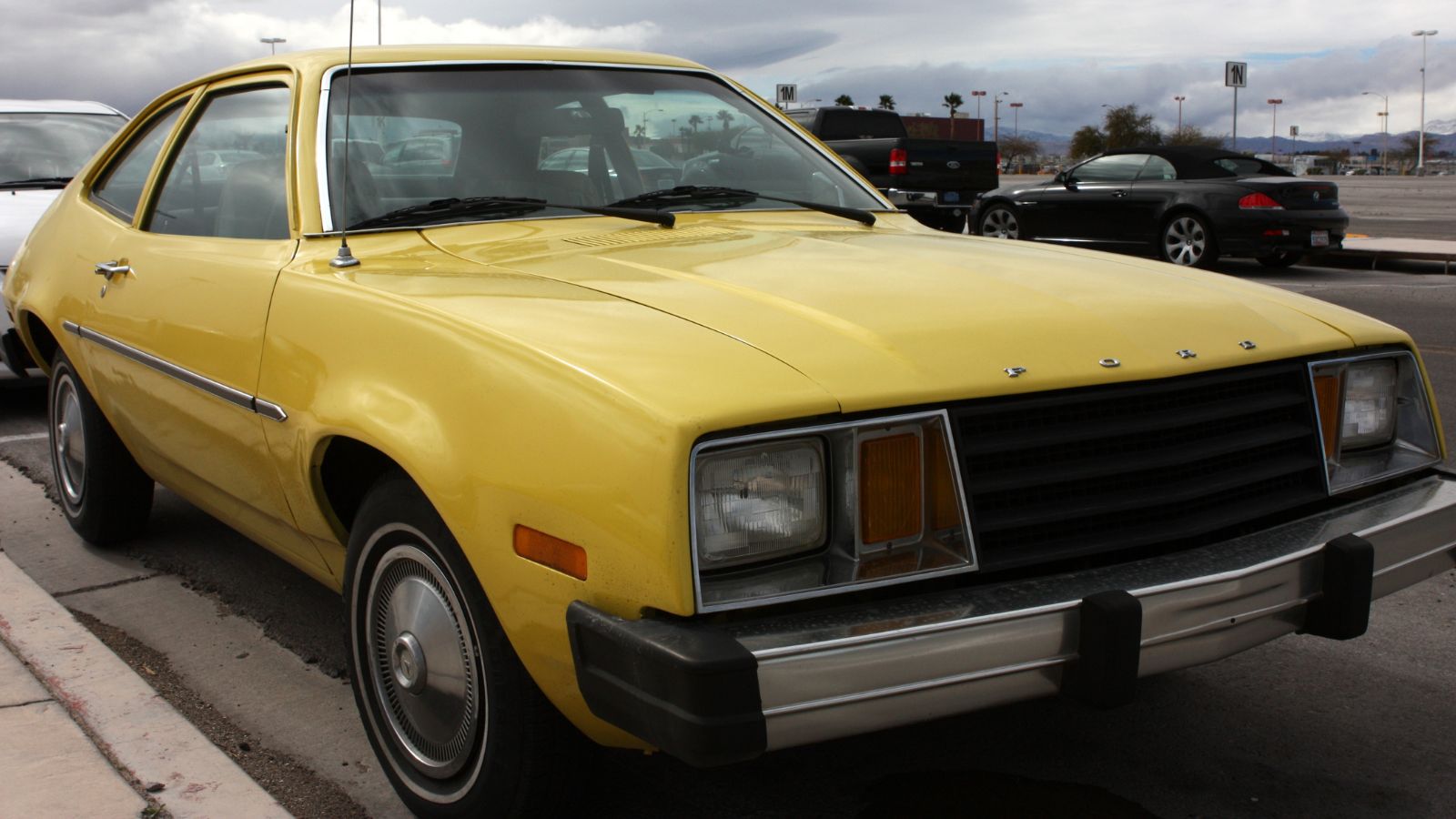
Ford eventually responded to mounting pressure by adding plastic shields around the gas tank, improving filler neck design, and modifying the suspension layout in later models. But the damage had already been done. The Pinto’s name was now synonymous with disaster. Despite the fact that later models were much safer, buyers stayed away. Ford never issued a formal recall until forced to do so by the federal government in 1978, further souring public trust.
The Lawsuits and the Backlash

The Pinto became the centerpiece of several high profile legal battles. In one of the most famous cases, a California court awarded millions in damages to the family of a teenager who burned to death after a rear end crash. News coverage was relentless. Consumer groups hammered Ford with criticism, and the case became a rallying cry for better automotive safety regulations. Ford was on the defensive and had to overhaul its corporate image as a result.
Sales That Were Still Strong

Oddly enough, Pinto sales remained strong through much of the 1970s. Even during the worst of the scandal, thousands of buyers continued to purchase them because they were cheap, available, and often heavily discounted. In total, more than three million Pintos were sold over the model’s production run. That makes it one of the best selling compacts in Ford’s history — a strange legacy for a car with such a negative reputation.
Pinto Racing and Custom Culture
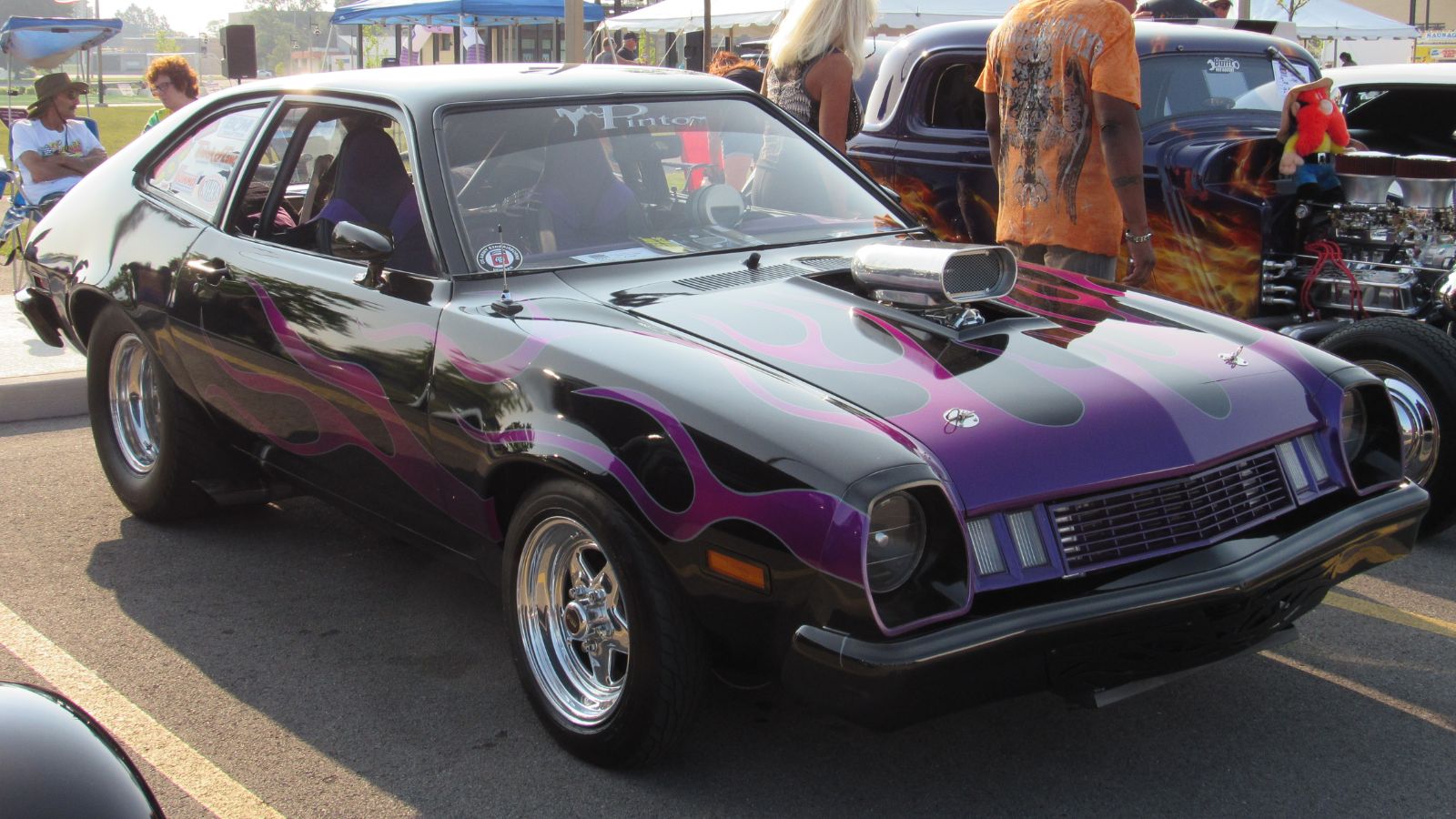
Hot rodders and amateur racers saw potential in the Pinto’s light chassis. Some built drag cars with big block engines crammed under the hood. Others modified Pintos for autocross and dirt track racing. There were even race ready kits sold to convert Pintos into SCCA class competition cars. Despite the safety headlines, the Pinto had a performance following that gave it a second life in the garage scene. These builds showed the car’s untapped potential when given proper attention.
Pop Culture Punchline
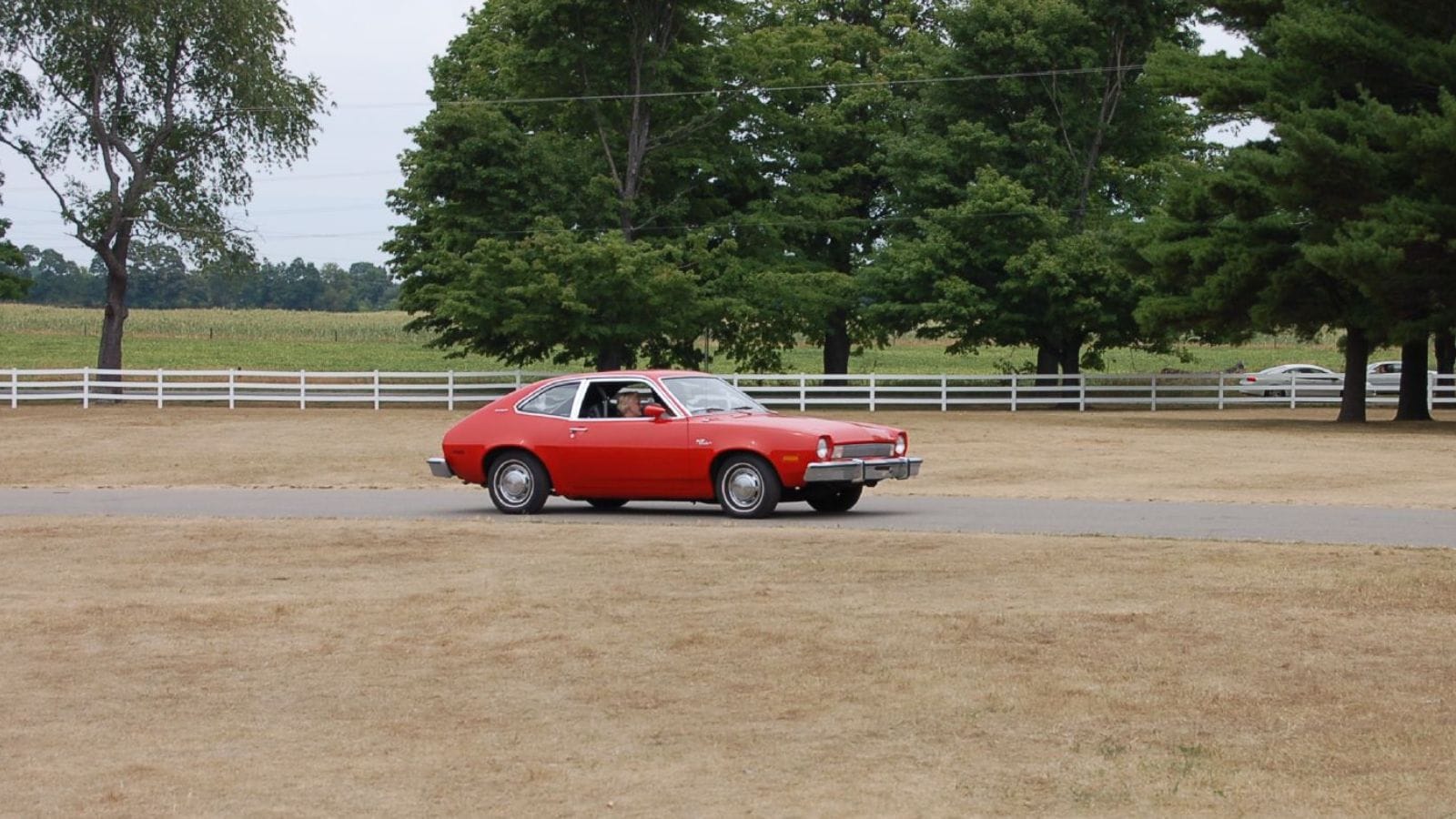
From TV shows to movies to late night comedy, the Pinto became a punchline. References to fiery crashes, bad engineering, and its overall image were everywhere in the 1980s and 1990s. But all that attention also kept it in the public eye. While some cars fade into obscurity, the Pinto became a symbol — both of cheapness and caution. It is still recognized today by people who were not even born when it was on the road.
A Collector Curiosity Today
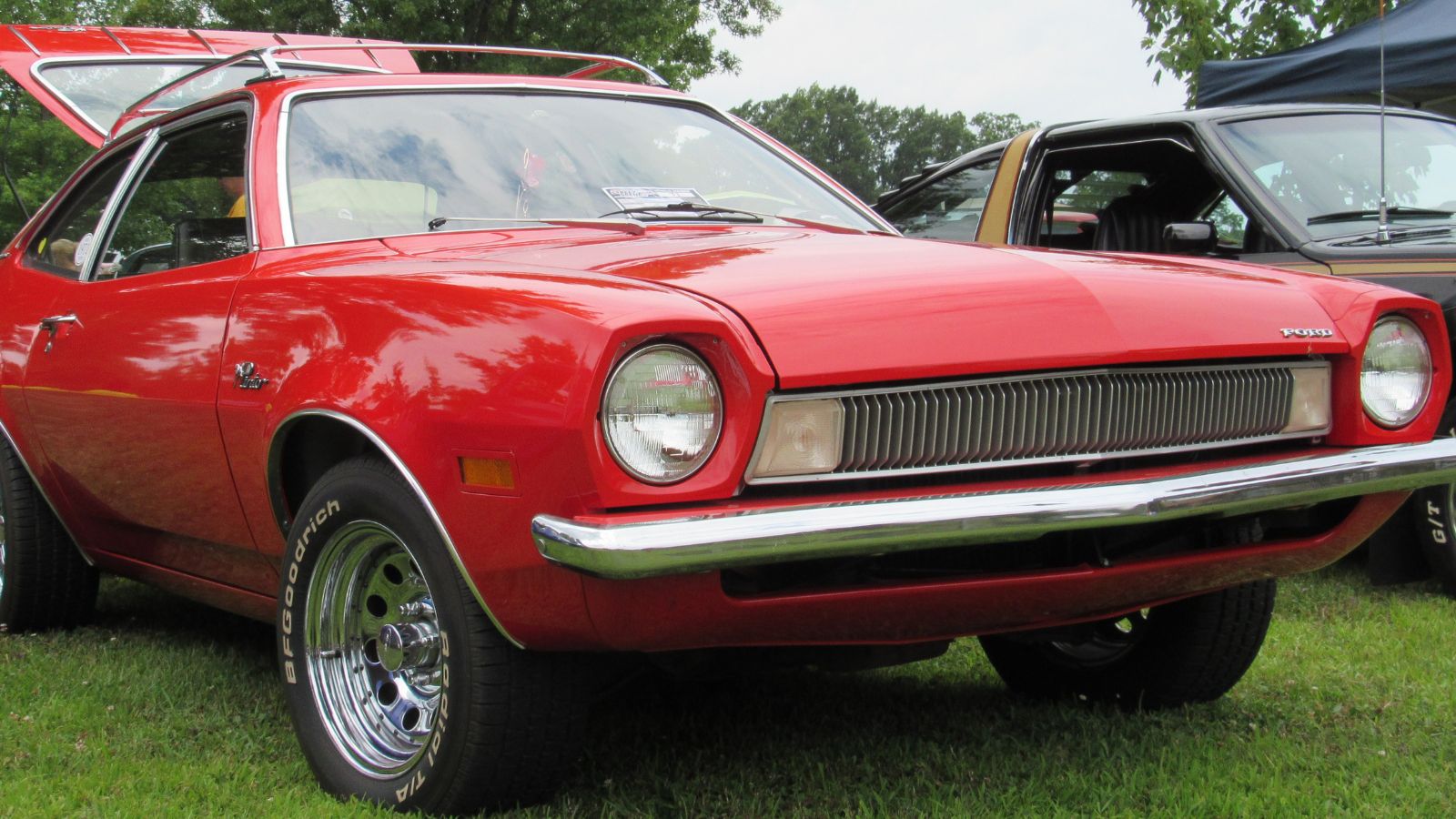
Today, the Pinto has found new life among collectors of weird and wonderful machines. Clean examples are hard to find, especially models that have not been hacked apart or left to rust. The station wagons with faux wood trim are especially desirable. The Pinto is not just a car anymore — it is a conversation starter, a museum piece, and a cautionary tale wrapped into one odd little package.
25 Facts About Car Loans That Most Drivers Don’t Realize

Car loans are one of the most common ways people fund car purchases. Like any other kind of loan, car loans can have certain features that can be regarded as an advantage or a disadvantage to the borrower. Understanding all essential facts about car loans and how they work to ensure that you get the best deal for your financial situation is essential. Here are 25 shocking facts about car loans that most drivers don’t realize:
25 Facts About Car Loans That Most Drivers Don’t Realize
